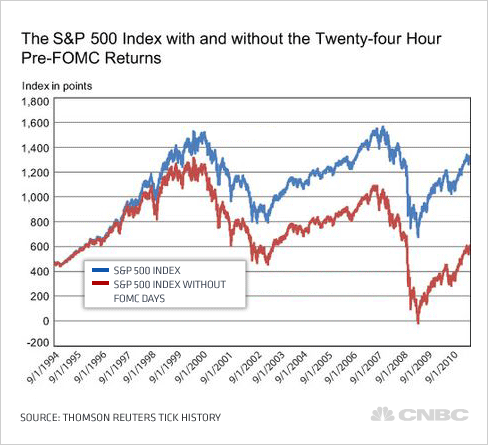Media are covering this so I’ll write a few words about their last quarterly report (Q1-2013).
As I indicated in my previous post, anybody thinking that RIMM will make a technological comeback is best to wait until expectations have been driven deeply negative. The quarterly result was much more negative than analysts expected (even when backing out the $335M goodwill expense) – about a $132 million loss, or roughly 25 cents a share, which excludes depreciation and amortization.
Analyst estimates averaged roughly a breakeven quarter.
It is very likely that year-end estimates and next year’s estimates are going to go negative, and this is when lower expectations finally baked into the price of the stock. After-hours trading has RIMM down 15%.
Perhaps more damaging was the announcement that their next-generation project (Blackberry 10) will be launched later than they thought, aiming for the first quarter of 2013. While this is obviously not good for them, it would be even more disastrous for the company if they released something incomplete or half-baked (like their playbook). They do have about $2.2 billion in cash to deploy and no debt on the balance sheet, so as long as they can keep the expense side of their ledger lean, they will be buying themselves enough time to get another product out the door.
In terms of risk-reward, the downside to the stock is probably another 50% from current levels. Technology companies with third-ranking products in the marketplace don’t tend to warrant much of a valuation premium.
I have no position in RIMM. Just following.
